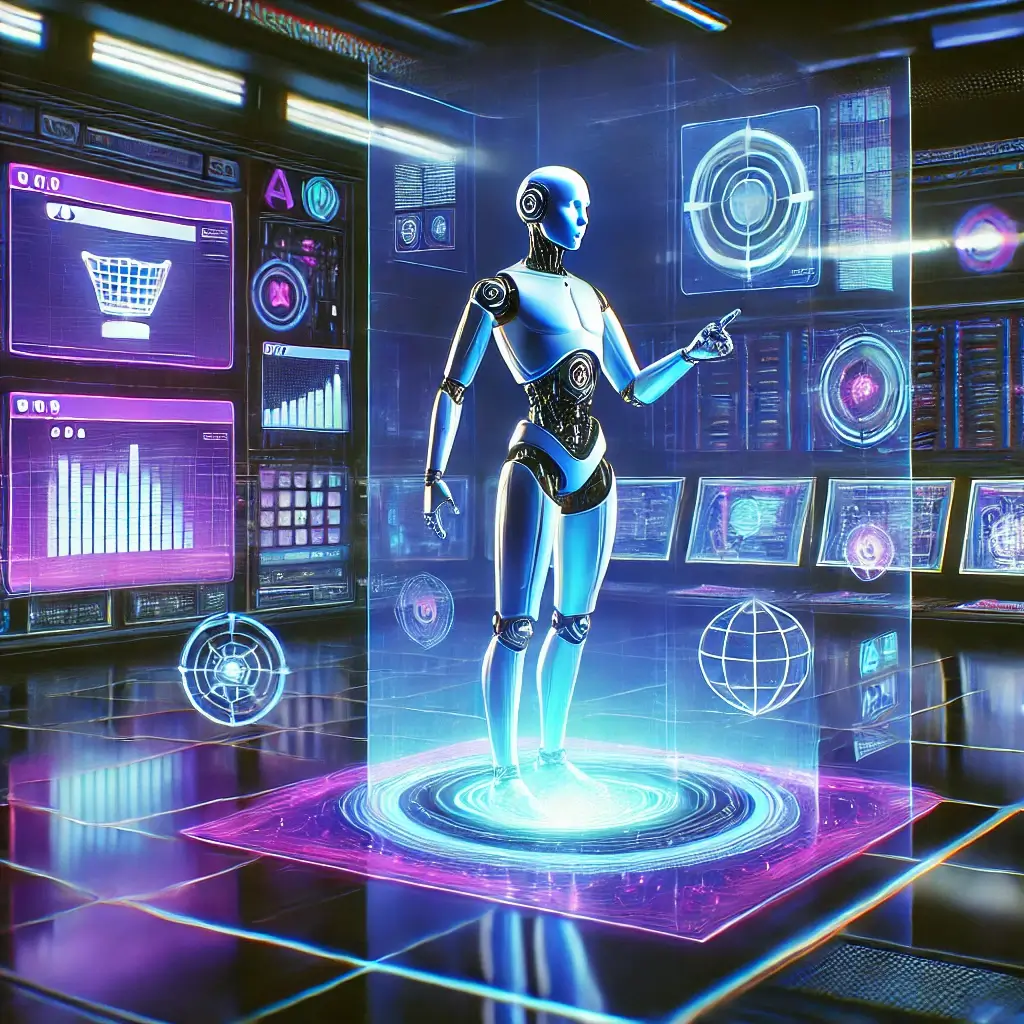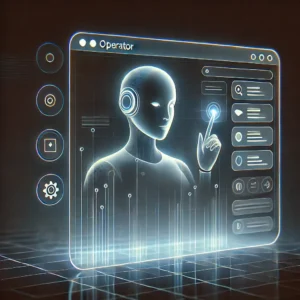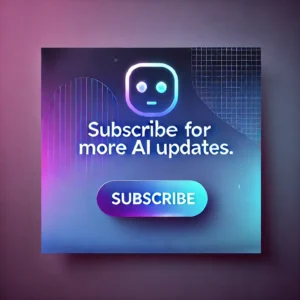OpenAI is pushing the envelope of what AI can do for your everyday digital life. Meet Operator—an innovative AI agent designed to handle repetitive browser-based tasks, from filling out forms and ordering groceries to even creating memes. In this post, we dive deep into what Operator is all about, how it works, its current limitations, and what the future may hold. Let’s break it down in true Gen Z style—no fluff, just the deets.
What Is Operator?
Operator is OpenAI’s latest foray into the world of autonomous AI agents. Think of it as your digital sidekick that uses its own browser to complete tasks on your behalf. Whether you need to place an online grocery order or book a restaurant reservation, Operator mimics human interactions using advanced AI models (including GPT-4o’s vision capabilities combined with a new Computer-Using Agent model).
- Key Feature: Automates tasks like form-filling, shopping, and even meme creation.
- Availability: Currently in research preview for ChatGPT Pro subscribers (US only, at $200/month).
How Does Operator Work?
Operator operates by launching its own browser window to navigate websites, much like you would manually—but faster (well, almost!). Here’s a quick breakdown:
- Autonomous Browsing: It “sees” webpages via screenshots and simulates human actions like clicking and typing.
- Task Execution: From ordering groceries to scheduling appointments, it performs tasks step by step.
- User Intervention: For sensitive actions (like entering payment details), Operator asks you to take over to keep you in control.
Current Limitations
Although Operator shows great promise, it’s still in its early days and faces a few challenges:
- Speed: It can feel sluggish as each click or scroll takes a couple of seconds.
- Reliability: Complex or non-standard website interfaces can confuse the agent.
- Website Resistance: Some sites with strict anti-bot measures might block Operator’s access.
- Error Handling: It sometimes misinterprets instructions or requires additional input to correct mistakes.
The Road Ahead
OpenAI isn’t stopping here. Expect improvements in speed, reliability, and smarter error handling as Operator evolves. Future updates may include:
- Wider Access: Expansion beyond the Pro tier to Plus, Team, and Enterprise users.
- Enhanced Capabilities: Improved performance on complex tasks as the models get refined.
- Partnerships: Collaborations with companies like Instacart, Uber, and OpenTable to optimize real-world usage.
Conclusion
Operator represents a bold step forward in AI-driven automation, potentially revolutionizing how we interact with the web. While there are still challenges to overcome, its future looks promising. For now, if you’re a ChatGPT Pro user, you can get a sneak peek at this technology—and soon, we might all have digital assistants handling the mundane tasks for us. Stay tuned for more updates as this technology evolves!
Enjoyed this post? Subscribe for more updates on AI innovations and SEO tips!






